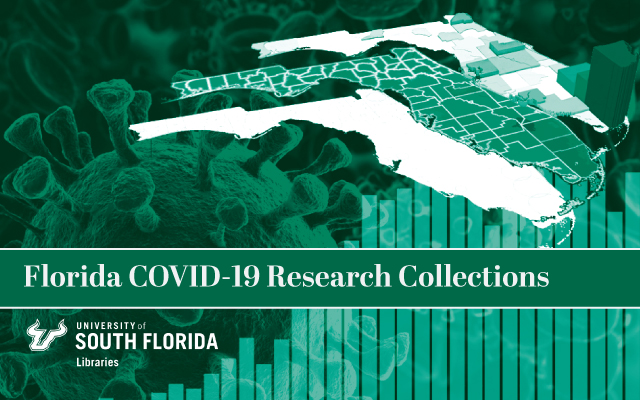
All publications
Document Type
Article
Publication Date
2020
Keywords
Antibodies, Viral, Asymptomatic Infections, Betacoronavirus, COVID-19, Coronavirus Infections, Humans, Infection Control, Models, Theoretical, Pandemics, Pneumonia, Viral, SARS-CoV-2, Seroepidemiologic Studies, United States
DOI
https://doi.org/10.1371/journal.pone.0236976
Abstract
SARS-CoV-2 started causing infections in humans in late 2019 and has spread rapidly around the world. While the number of symptomatically infected and severely ill people is high and has overwhelmed the medical systems of many countries, there is mounting evidence that some of the rapid spread of this virus has been driven by asymptomatic infections. In this study, we use a compartmental mathematical model of a viral epidemic that includes asymptomatic infection to examine the role of asymptomatic individuals in the spread of the infection. We apply the model to epidemics in California, Florida, New York, and Texas, finding that asymptomatic infections far outnumber reported symptomatic infections at the peak of the epidemic in all four states. The model suggests that relaxing of social distancing measures too quickly could lead to a rapid rise in the number of cases, driven in part by asymptomatic infections.
Rights Information

This work is licensed under a Creative Commons Attribution 4.0 License.
Citation / Publisher Attribution
PLoS ONE, v. 15, issue 8, art. e0236976
Scholar Commons Citation
Dobrovolny, Hana M., "Modeling the Role of Asymptomatics in Infection Spread with Application to SARS-CoV-2" (2020). All publications. 21.
https://digitalcommons.usf.edu/usf_fcrc_all/21

